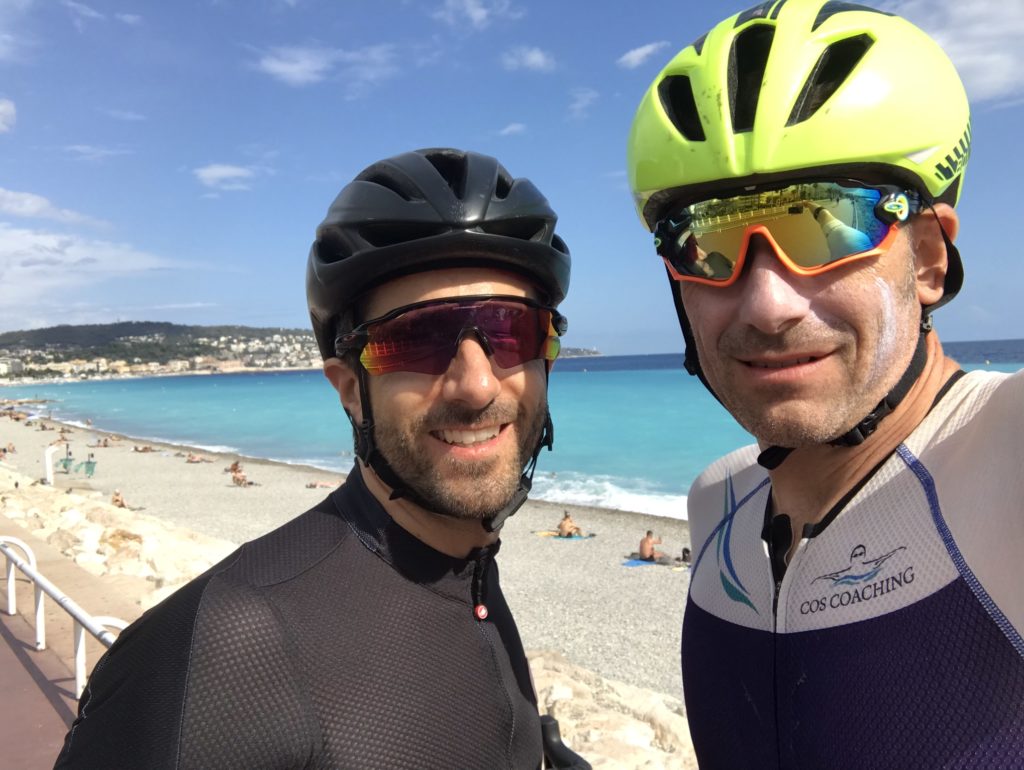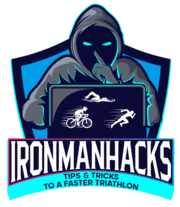Drive as much of it as you can. Ride or run, too. You’ve got to know what you’re racing – don’t go blind.
In 2019 I raced in the world Championships in Nice, France. That course is known for its hilly ride, which is especially intimidating to people coming from totally flat places. The highest cycling route in Singapore is only 94 metres, less than a tenth of the Nice course. So needless to say, I wanted to see it before I raced it.
In Nice I had a rental car, so two days before the race, I decided to do a bit of recon with Andy, a friend who had also come from Singapore. The only difference was that he was a very strong climber with a high FTP for his weight, and had brought his road bike with disc brakes, while I had opted for my tri bike. Needless to say, he was a bit less concerned than I was.
But as we drove the course, I became more and more comfortable with it. I could see and feel the asphalt – how rough it was in some sections and how smooth it was in others. I could check out the notorious speed bumps everybody had been talking about (just like in the World Champs in 2018 in South Africa – they, too, had this big fat speed bumps – was that like some punishment for making it this far?).
The ascents were beyond 20% in one or two places, but then when I saw how short they were, I was much more at ease. The downhills, my favorite, were a slight concern, too. Although fast and fun, lots of people were fairly concerned about them, and rightly so.
Many of us were on tri bikes, most without disc brakes, and most triathletes’ bike handling skills leave a lot to be desired, albeit a bit less-so at the world champs.
So it made sense to drive the downhills to and get a good handle on things.

The next day we rode some of the course, too, for an even closer look at what it would entail.
This is just one example, and similar cases can be made for the swim and the run. I know my coach always schedules in a pre-race swim, bike, and run, mostly to do a final equipment check but also to get a good feel for the conditions. But try to do it all on the course as opposed to just wherever may be most convenient.

In other races where the run and bike may be really flat, easy, and non-technical, you could argue that checking out the swim may be more important. A good example is Cebu where the swim tends to have significant currents while the bike and run are flat and straightforward.
Try to include some course recon in your schedule and treat it with almost as much importance as the other big items you have to do when you arrive (check-in, race briefings, the official dinner, etc).
